Most high-power installations require an isolation transformer. Every variable frequency drive manual I've ever seen requires the same thing. So it's not a UPS-specific requirement.
In general, the isolation transformer limits your available fault current, and keeps electrical disturbances generated by your load from propagating quite so easily through your entire facility. Limiting the fault current is particularly important, because fuses and breakers are only rated for some maximum current they are able to interrupt. And that, in turn, gets listed in the product's UL file. (I'm assuming this UPS is UL listed.) So it's not necessarily that the UPS won't work without the transformer. It's more that if something goes horribly wrong, they can't guarantee it won't catch fire.
I found this resource that explains more about drive isolation transformers, which is pretty consistent with the above:
http://www.eecoonline.com/drive-isolation-transformer/
If the selected transformer has a Wye configured secondary, then a secondary ground can be gained with the installation of the isolation transformer. This ground is isolated from the primary input and provides a couple of distinct benefits:
Grounding prevents the transfer of common-mode noise and transients, both from the primary source to the motor drive, and from the drive to the power system. This can reduce "bearing currents" that often cause fluting.
Introducing a grounded, drive isolation transformer localizes the high-frequency induced ground currents and prevents them from extending upstream of the transformer, minimizing "noise" and related problems often associated with drives.
Consider an isolation transformer when power quality and fault currents are the primary consideration.
Another optional benefit of isolation transformers is that of electrostatic shielding. This provides a shield between the primary and secondary winding, which can provide in the range of 40-60 dB of common mode noise reduction.
What you're talking about may not be a VFD, but many of the same concerns apply to a UPS or any other switching power supply.
